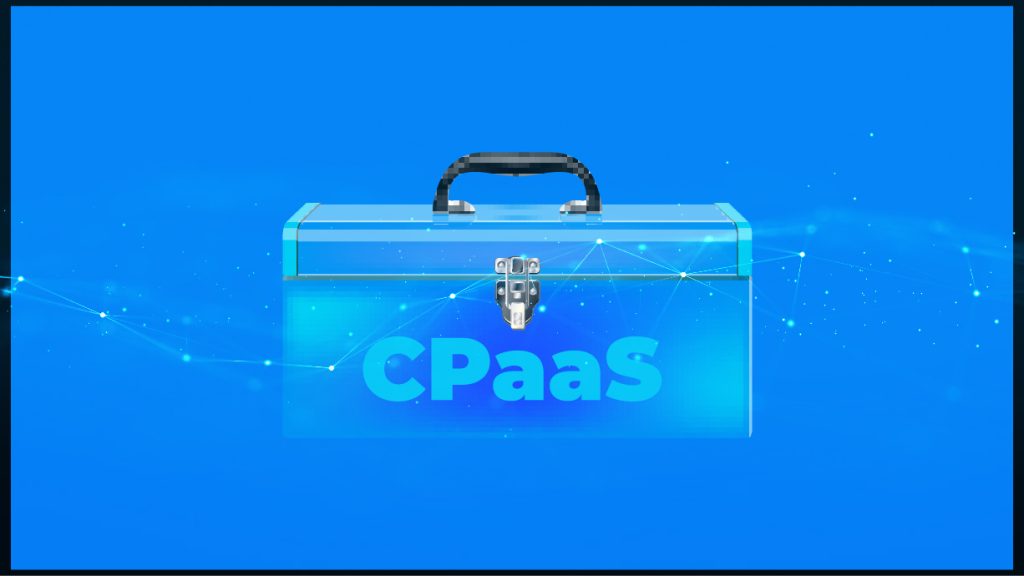Optimising and Monetising CPaaS: Creating Growth Opportunities Through Efficient Numbering Management

There is no room for outdated systems and approaches to communication in the market and the shift to hybrid working has accelerated the need for business to centralise their communications in a single platform. This has led to the rise in the adoption of Unified Communications as a Service (UCaaS) platforms such as Zoom and Microsoft Teams and this market is predicted to reach $69.93 billion by 2028, according to Fortune Business Insights. Communications Platform as a Service (CPaaS) takes this centricity one step further as it provides cloud communications without altering the organisation’s back-end infrastructure.
Service providers integrating these platforms can benefit greatly by providing enterprise customers with real-time communication, creating higher levels of customer satisfaction and expanding their revenue opportunities. However connecting, phone numbers to platforms manually is ineffective, meaning providers can’t reap the full benefits.
It is crucial that service providers maximise their opportunities to monetise CPaaS and support hybrid working. With UK staff working from the comfort of home offices 3.8 days a week according to Advanced Workplace Associates, businesses are adopting online communication platforms. With hybrid work continuing, there’s a long-term opportunity for service providers to make a profit from this growth in the market.
Stopping Revenue Leakage
Though there are many benefits to hybrid working for businesses, it doesn’t come without challenges. Businesses may lack access to the right tools to be effective in communication, coordination, and connectivity with the move to working from home.
Offering high-quality customer service comes from having strong communication. If the technology isn’t up to scratch, the customer’s journey may be disjointed, fragmented and lack any real direction. Communication between internal teams should be simple too. Significant time is lost from phone calls being transferred to automated menus and there is no guarantee that connection to the right person will be achieved. This is a huge barrier for businesses that need to deliver consistent high-quality processes more than ever.
In order to support seamless delivery end-to-end, businesses need enhanced communication and collaboration tools. That’s why many are turning to service providers that are delivering CPaaS platforms. Enterprise customers benefit from the newfound ease of communications while service providers can grow their revenue margins by providing an all-in-one solution through monetising CPaaS.
However, service providers are missing out on the opportunity to maximise their earnings from hybrid working models because they aren’t operating with the flexibility and efficiency that’s required. It isn’t enough for service providers to integrate telephony into communication platforms without a strong number management system.
Integrating DID Management
For businesses to manage and deliver communications platform as a service (CPaaS) numbers effectively, they need a strategy that can deliver the numbers flawlessly and at a fast rate. Adopting Direct Inward Dialling (DID) management systems is a way to enable these services easily and efficiently.
Effective DID management benefits businesses by:
- Increasing Efficiency – By having access to the direct number of the right person in a team, there is no need for a human operator. Overall costs can be reduced, and customer service systems can be optimised all through bypassing pre-recorded menus and unnecessary queues.
- Streamlining ordering processes – Service providers can gain transparency through effective order management. By monitoring the order’s journey and tracking information from order inventory right through to after-sales service, systems can utilise the visibility that DID provides them with. Customer service teams have unique phone numbers to aid the seamless support process.
- Centralising rate management – For hybrid teams, quick and high-quality communication is very important. With DID solutions, rates can be regulated and monitored from a single platform to improve efficiency and simplify processes.
- Nurturing customer service – At the forefront of any business is customer service. In the age of hybrid working, communicating with customers over the phone must be a straightforward process. With the right DID solution, businesses can avoid the hassle of notifying existing customers about a change in number by providing all-in-one number porting. This unlocks freedom when it comes to upgrading providers at any time with these cost-effective efficiencies.
Monetising The Modern Workforce
More and more businesses are shifting toward a hybrid working model. This only makes the need for service providers to take advantage of the benefits of improving CPaaS platforms more pressing. There is a chance for service providers to increase their monetisation of the modern workforce that shouldn’t be missed.
To make the most of the opportunity, service providers should implement effective DID management to enhance processes, speed up delivery and increase margins. Using one singular platform, service providers can keep up with the demand for numbers to build and maintain customer relationships and boost revenue opportunities for their business.
Management of numbers has never been simpler. DID management, paired with communications platform as a service (CPaaS) number delivery, will transform how businesses scale to maximise the future of hybrid working.
Inside Telecom provides you with an extensive list of content covering all aspects of the tech industry. Keep an eye on our Opinion to stay informed and up-to-date with our daily articles.
